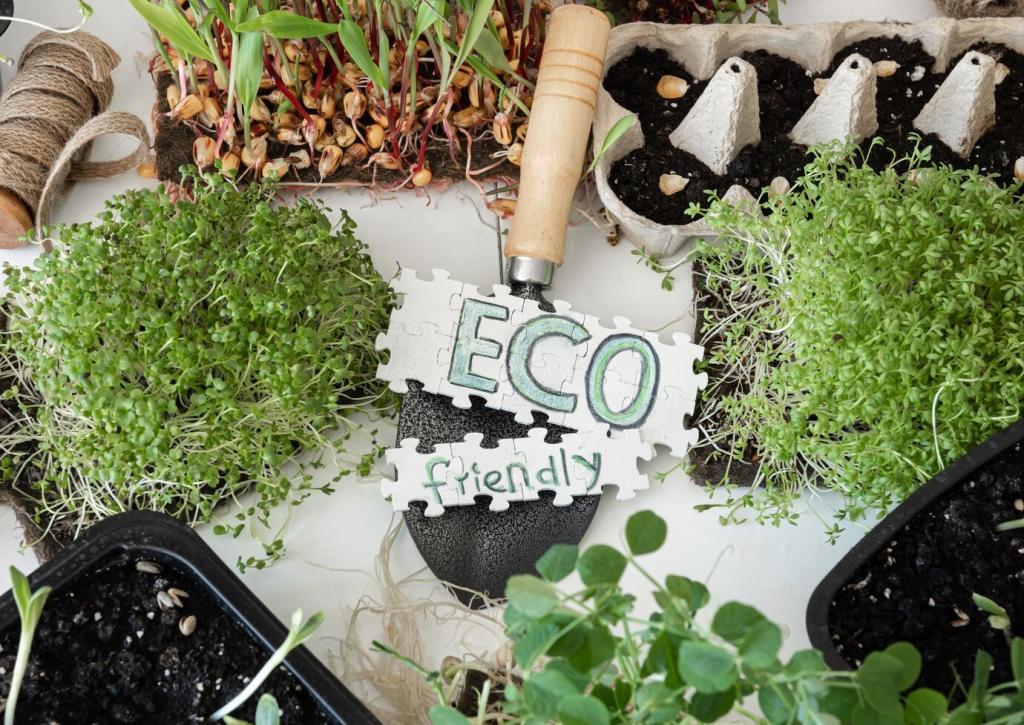Know Your Audience: Values, Barriers, and Motivations
Interview real customers about what “sustainable” actually means to them. Is it durability, fewer toxins, local jobs, or less waste? Use their language verbatim in headlines and CTAs. When your words echo their values, resistance softens and curiosity grows.
Know Your Audience: Values, Barriers, and Motivations
Address objections head-on: price, performance, and convenience. Offer side-by-side comparisons, lifetime cost breakdowns, and easy returns. Replace moralizing with helpfulness, showing that greener choices fit beautifully into normal routines without sacrifice or guilt.







